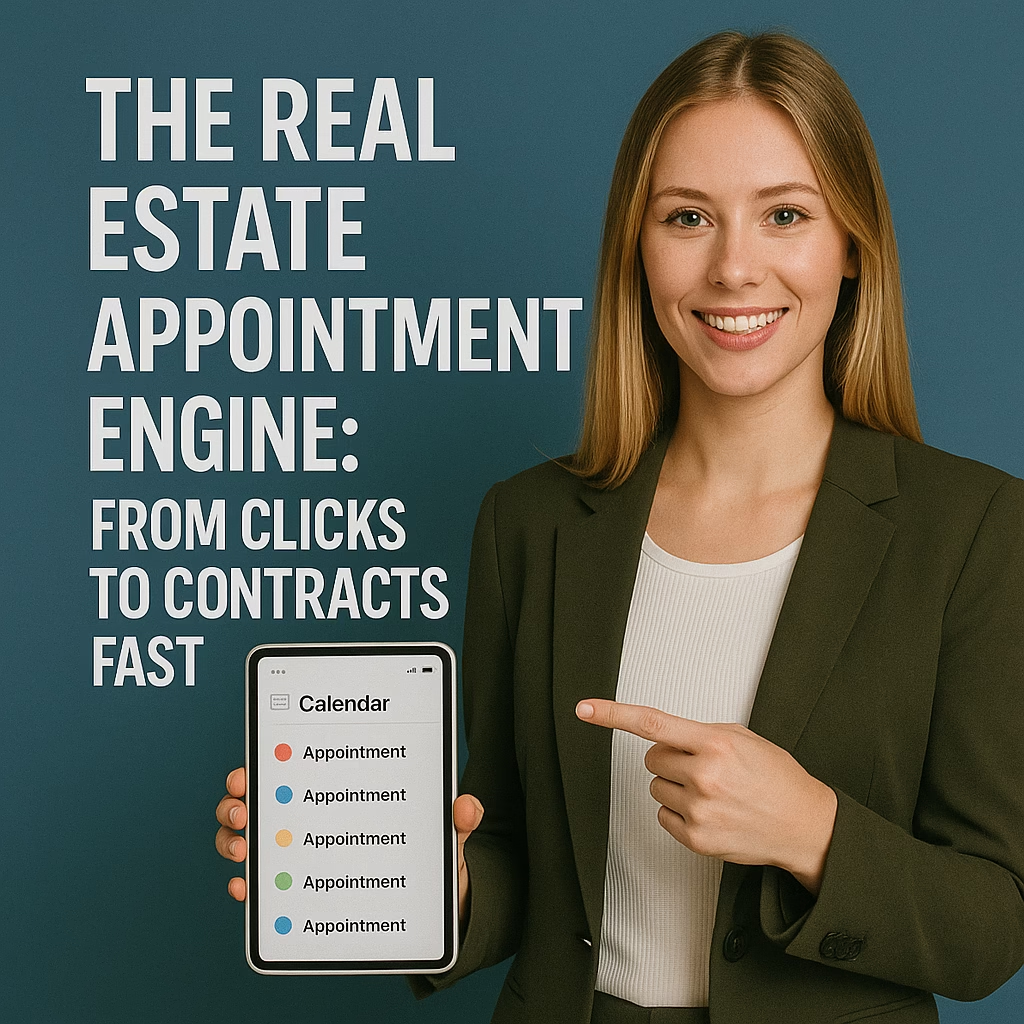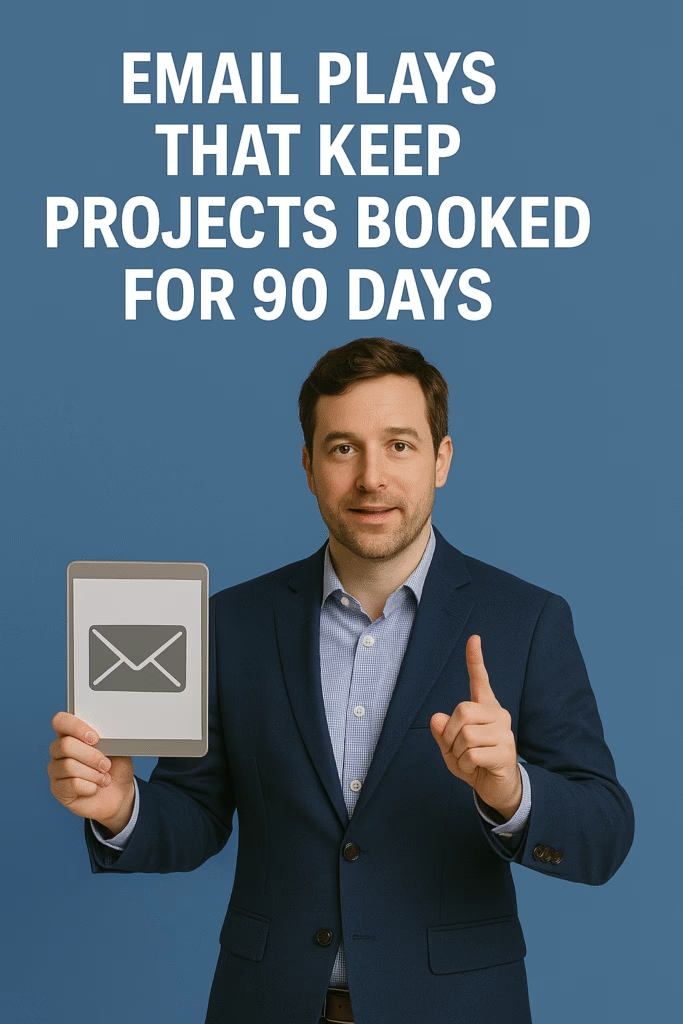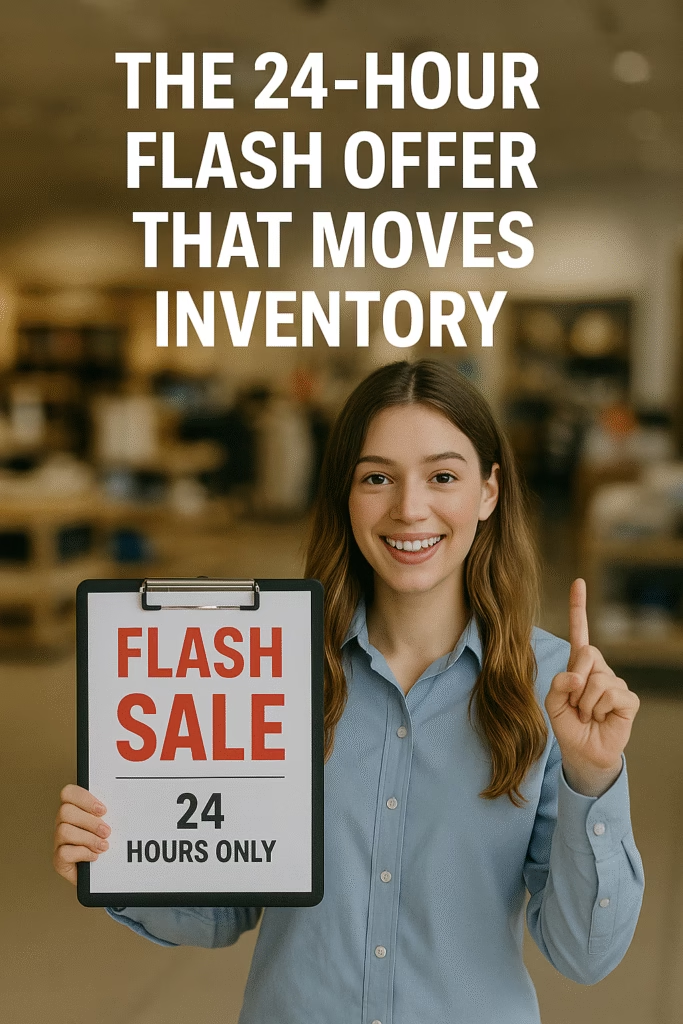Google Maps Upgrades That Put Your Appliance Store on Top
Google Maps Upgrades That Put Your Appliance Store on Top
Rank higher, earn clicks, and turn map views into booked deliveries with a profile built for discovery and conversion.
Introduction
Google Maps Upgrades That Put Your Appliance Store on Top is a playbook for turning your Google Business Profile into a steady stream of walk‑ins, calls, and installs. We’ll tune categories, products, photos, posts, Q&A, reviews, and messaging so shoppers stop scrolling and start scheduling delivery.
Compliance: Use your legal business name, avoid keyword stuffing, display accurate hours/holiday closures, and don’t publish personal data in photos. Keep financing and warranty disclosures clear and honest.
Expanded Table of Contents
- 1) Why “Google Maps Upgrades That Put Your Appliance Store on Top” Works
- 2) Categories, Description & NAP Guardrails
- 3) GBP Products & Inventory Highlighting
- 4) Photo & Video Playlists That Convert
- 5) Posts & Offers: From Views to Booked Installs
- 6) Review Engine: Delivery‑Day Proof
- 7) Q&A: Pre‑Answer Objections
- 8) Messaging, Calls & Fast Handoffs
- 9) Attributes & Policies That Win Trust
- 10) Landing Pages, UTMs & Tracking
- 11) KPIs Dashboard
- 12) 30–60–90 Day Rollout Plan
- 13) Troubleshooting & Optimization
- 14) 25 Frequently Asked Questions
- 15) 25 Extra Keywords
1) Why “Google Maps Upgrades That Put Your Appliance Store on Top” Works
- Relevance: Correct categories + product entities match shopper intent (“washer near me”, “French‑door fridge”).
- Proof: Real photos of bays, deliveries, installs, and haul‑away score more clicks than stock images.
- Momentum: Products → Posts → Q&A → Message = a frictionless path from map view to scheduled delivery.
2) Categories, Description & NAP Guardrails
| Area | Upgrade | Notes |
|---|---|---|
| Primary Category | Appliance store | Use if sales are core. Create a separate profile for repairs if it’s a distinct operation. |
| Secondary Categories | Only if true | Examples: Washer & dryer store, Refrigerator store, Small appliance repair (when applicable) |
| Description | Outcome‑first copy | City + delivery/installation/haul‑away + brand families + financing options |
| NAP | Exact match | Match name, address, phone across site/citations. Use local number; add tracking with DNI only on site. |
| Hours | Holiday updates | Set special hours; add peak‑season notes (e.g., Black Friday staffing). |
| Service Area | Realistic radius | Reflect actual delivery range; list key cities in description and posts. |
3) GBP Products & Inventory Highlighting
| Product Set | What to Include | CTA |
|---|---|---|
| Hero SKUs | 3–5 top fridges, ranges, washers, dryers, dishwashers | “Call for delivery window” / “Check delivery today” |
| Bundles | Fridge + Install + Haul‑Away / Laundry Pair + Hookups | “Reserve install slot” |
| Financing | Monthly examples + disclaimers | “See payment options” |
| Scratch & Dent | Condition notes + availability | “Message for current stock” |
Tip: Use square photos, short titles (≤ 58 chars), and outcomes in the first 6 words.
4) Photo & Video Playlists That Convert
| Playlist | Shots to Capture | Why it Converts |
|---|---|---|
| Storefront & Aisles | Exterior, entrance, wayfinding, financing desk, brand bays | Proves legitimacy and selection |
| Product Demos | Door swing, shelf adjust, noise test (dB meter), energy overlay | Answers pre‑purchase questions visually |
| Delivery & Install | Truck arrival, pad protectors, connections, haul‑away | Reduces anxiety; signals full‑service |
| Service & Repair | Tech bench, parts wall (no serials), diagnostics | Builds trust for warranty work |
| Scratch & Dent Zone | Wide shots only; tags blurred | Drives bargain hunters to message/call |
Privacy: Avoid faces/license plates; blur price tags; don’t show customer addresses.
5) Posts & Offers: From Views to Booked Installs
What’s New (Demo)
New in {City}: Ultra‑quiet dishwasher. Watch the 38 dB test. Book install for this week →Offer (Bundle)
Laundry Pair + Install + Haul‑Away. Reserve a Saturday slot—limited windows this week →Event (How‑To)
Saturday 11am: “Measure Before You Buy” clinic—bring door widths. Seats limited →6) Review Engine: Delivery‑Day Proof
- On‑site ask: “Mind a quick photo review about delivery and install? It helps neighbors choose safely.”
- QR Cards: Hand to the customer after hookup; link to your review page.
- SMS T+1 hr: “Everything running smoothly? A quick photo review helps the team: {shortURL}. Reply STOP to opt out.”
- Target: ≥ 25% of monthly reviews include photos.
7) Q&A: Pre‑Answer Objections
Seed These Questions
- Do you remove the old appliance?
- What days do you deliver in {City}?
- Can you install gas ranges?
- Do you level and test washers?
- What financing options are available?
- Do you carry Energy Star models?
Answer Format
- 1–2 sentences + next step.
- Link to a measurement guide or booking page.
- Avoid brand claims you can’t verify.
8) Messaging, Calls & Fast Handoffs
| Trigger | Auto‑Reply | Owner SLA |
|---|---|---|
| “Do you have this model?” | “Can you send a photo of the label or your priority features?” | Reply ≤ 10 min, nudge to call for delivery windows |
| Missed call | SMS: “Sorry we missed you—want us to hold a delivery slot?” | Callback ≤ 10 min |
| After hours | “We open at {time}. Want first appointment tomorrow? Tap to book.” | First 15 min after open |
9) Attributes & Policies That Win Trust
- Delivery, In‑store pickup, Curbside pickup
- Installation + Haul‑away available
- Wheelchair‑accessible entrance/parking (when true)
- Payments accepted (cards, financing)
- Warranty & return policy summary (link out for full terms)
10) Landing Pages, UTMs & Tracking
- Brand & category pages (Fridges, Washers, Ranges) with city call‑outs.
- Measurement guides and install prep checklists (PDF).
- UTMs on every GBP link: utm_source=gbp&utm_medium=profile&utm_campaign=appliances_{city}
- Track Calls, Messages, Directions, and Booked Installs in your CRM with “source=GBP”.
11) KPIs Dashboard
Visibility
Search & Maps views
Engagement
Photo views, post clicks
Conversion
Calls, messages, website clicks
Revenue
Booked installs, average order value
12) 30–60–90 Day Rollout Plan
Days 1–30 (Foundation)
- Confirm categories, hours, description, attributes, and NAP consistency.
- Publish 12 hero products with CTAs; add 3 bundles.
- Upload 3 photo batches/week; add city + model captions.
Days 31–60 (Momentum)
- Post 2–3×/week (What’s New/Offer/Event) with UTMs.
- Launch delivery‑day review ask + SMS follow‑up.
- Seed 8–12 Q&A entries; enable messaging with quick replies.
Days 61–90 (Scale)
- Build brand/city landing pages; add measurement guides.
- Quarterly prune weak photos; promote high‑engagement sets.
- Add scratch‑and‑dent and financing highlights to Products.
13) Troubleshooting & Optimization
| Symptom | Likely Cause | Fix |
|---|---|---|
| High views, low calls | Weak CTAs; vague captions | Add delivery/installation promise + tracked links |
| Low photo views | Stock images | Switch to real store/demo/delivery shots |
| Few reviews | No delivery‑day ask | On‑site + SMS + QR review flow |
| Unqualified messages | Generic description | Clarify brands, services, financing, and service area |
14) 25 Frequently Asked Questions
1) What is “Google Maps Upgrades That Put Your Appliance Store on Top”?
A checklist of GBP improvements—categories, products, photos, posts, reviews, attributes, Q&A, messaging—that raise visibility and conversions.
2) What’s the best primary category?
“Appliance store” for sales‑led businesses. Separate repair‑only operations into their own profile.
3) Can I add multiple categories?
Yes—only if accurate. More isn’t always better; relevance matters.
4) How often should I post?
2–3 Posts per week: a demo, a bundle offer, and an event/clinic.
5) What photos matter most?
Storefront, aisles, brand bays, delivery, install hookups, and haul‑away proof.
6) Should I list every SKU?
No. Feature hero SKUs and bundles in GBP; keep full catalog on your site.
7) Do captions affect ranking?
Clear, local captions improve user engagement, which correlates with better results.
8) What’s a good response SLA?
Messages within 10 minutes during business hours.
9) Do I need UTMs?
Yes—use UTMs on all profile links to attribute revenue.
10) How do I seed Q&A?
Post common questions from your experience and answer them concisely with next steps.
11) Can I promote financing?
Yes—use examples with disclaimers and a link to full terms.
12) Do delivery windows help conversion?
Yes—promising a window (and honoring it) reduces friction.
13) What about warranty service?
Explain coverage and who performs service; show your bench area (without serials).
14) Should I add scratch‑and‑dent?
Yes—publish availability and encourage calls/messages for current stock.
15) Can sales staff reply to reviews?
Designate one owner; keep tone helpful and specific.
16) How do I handle a bad photo upload?
Replace with cleaner shots; keep angles consistent.
17) Are events worth it?
Yes—measurement clinics and energy‑savings demos drive foot traffic.
18) Can I list installation as a service?
Yes—note what’s included (leveling, hookups, test) and what’s not (electrical/gas line move).
19) Do brand names in posts help?
Use them when you carry those brands; avoid unrelated names.
20) What if we changed locations?
Update address, hours, and photos immediately; post an update explaining parking/entrance.
21) Should I add interior videos?
Short aisle walk‑throughs and demo clips perform well.
22) How long are posts visible?
Offers can run for set periods; What’s New stays live and can be updated as needed.
23) Can I add social links?
If available on your profile, add official channels for shoppers who want more proof.
24) What’s an ideal hero product layout?
Square photo, 1‑line title, 2 benefits, and a CTA to call or message for delivery windows.
25) First step right now?
Upload fresh storefront/aisle/delivery photos, add 12 hero products with CTAs, and publish one ‘What’s New’ + one ‘Offer’ post.
15) 25 Extra Keywords
- Google Maps Upgrades That Put Your Appliance Store on Top
- appliance store google maps
- appliance google business profile
- appliance delivery installation haul away
- refrigerator store near me seo
- washer dryer store maps
- dishwasher quiet dB demo
- energy star appliance store
- scratch and dent appliances local
- appliance financing local store
- same day appliance delivery
- measure before you buy guide
- laundry pair install service
- kitchen appliance bundle
- appliance installation policy
- appliance store reviews photos
- appliance store q&a setup
- appliance store posts offers
- appliance product listing google
- local inventory appliances
- appliance store attributes
- appliance store messaging
- gbp tracking utm appliances
- appliance store kpis
- 2025 appliance marketing
Google Maps Upgrades That Put Your Appliance Store on Top Read More »











